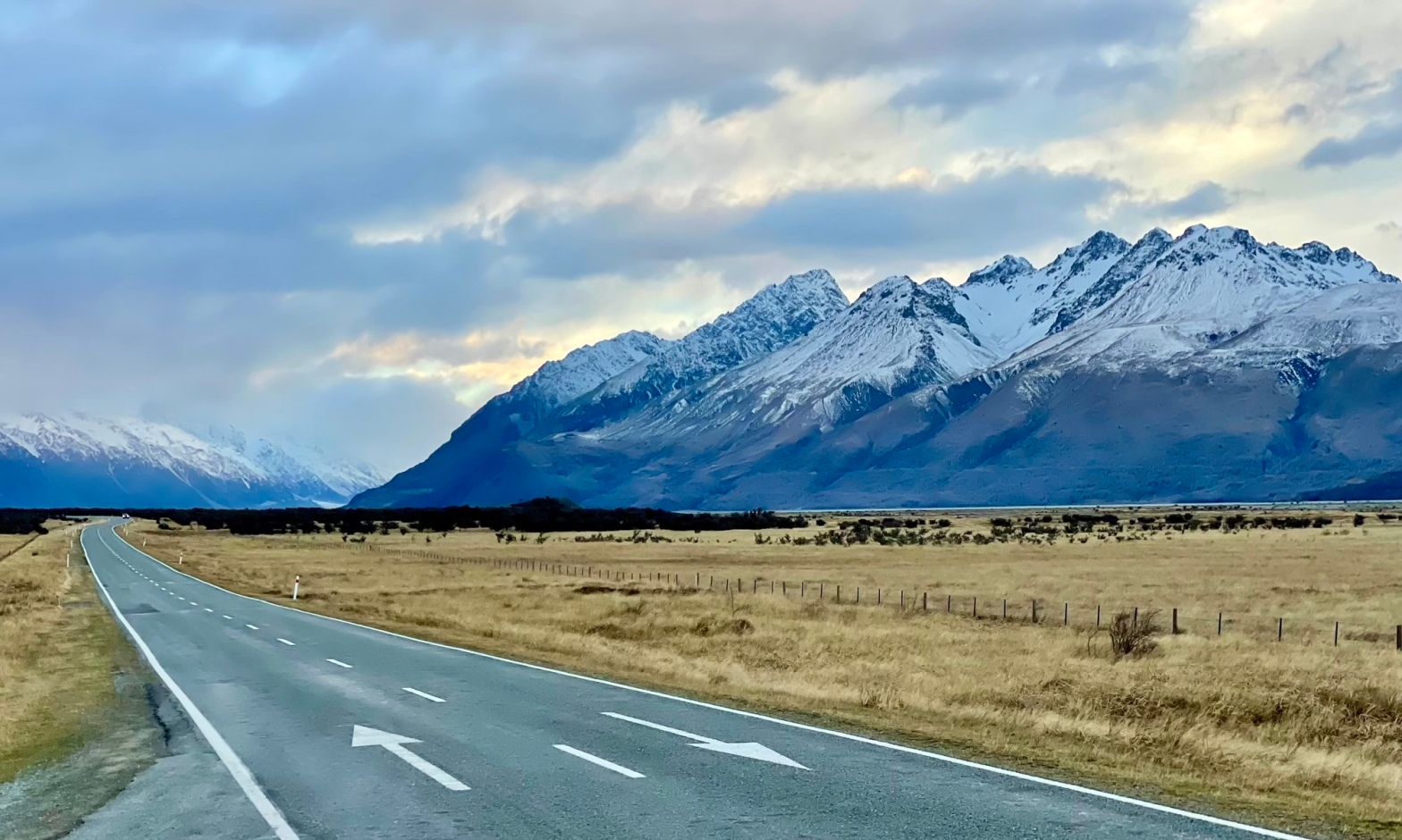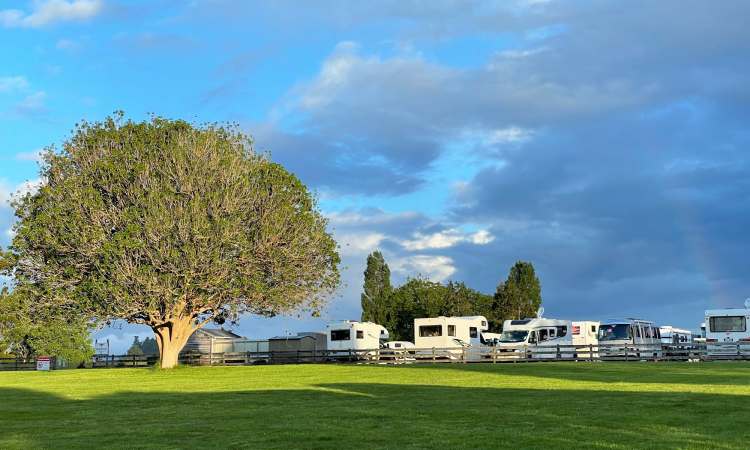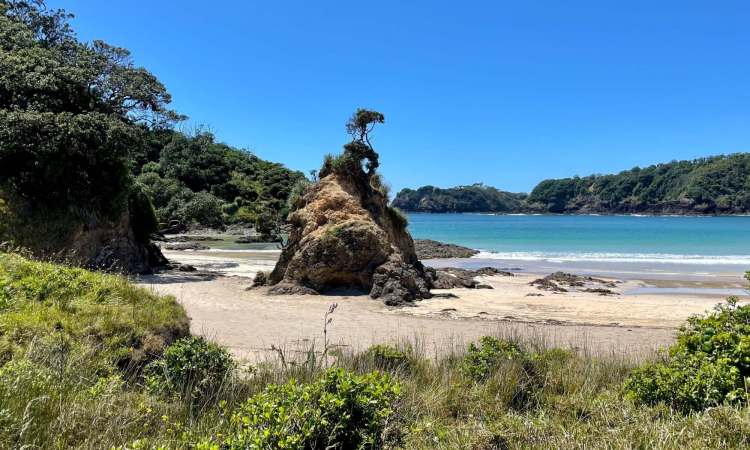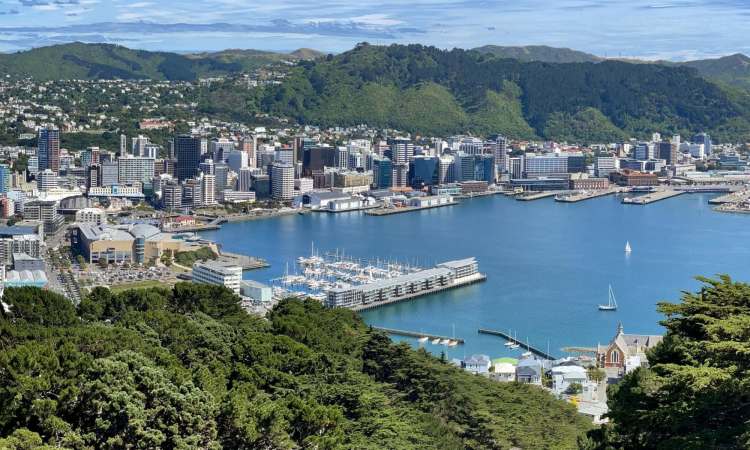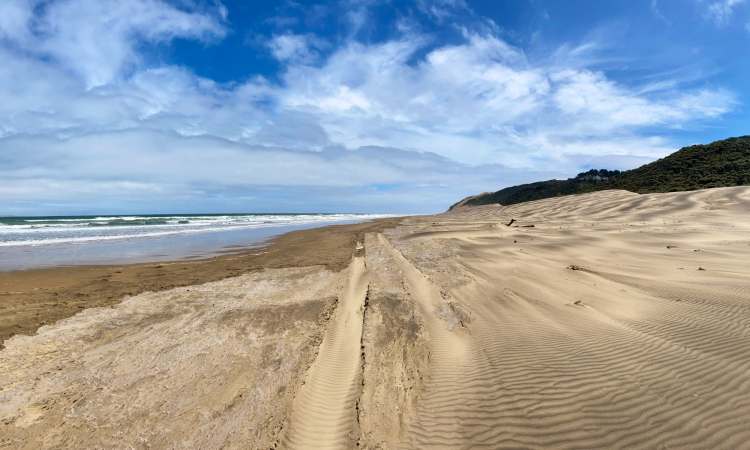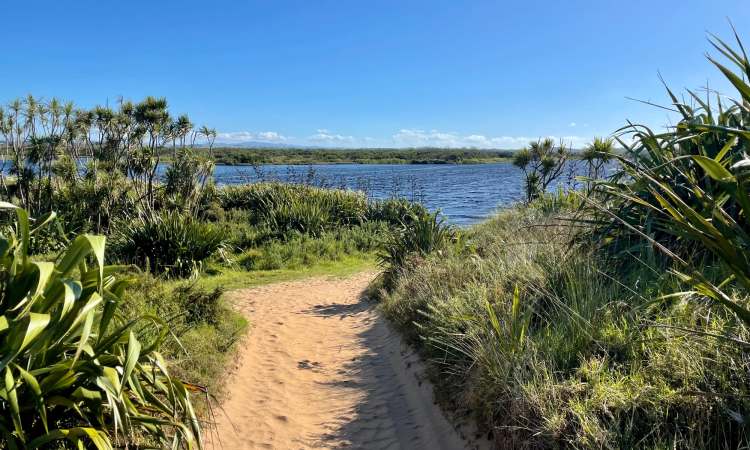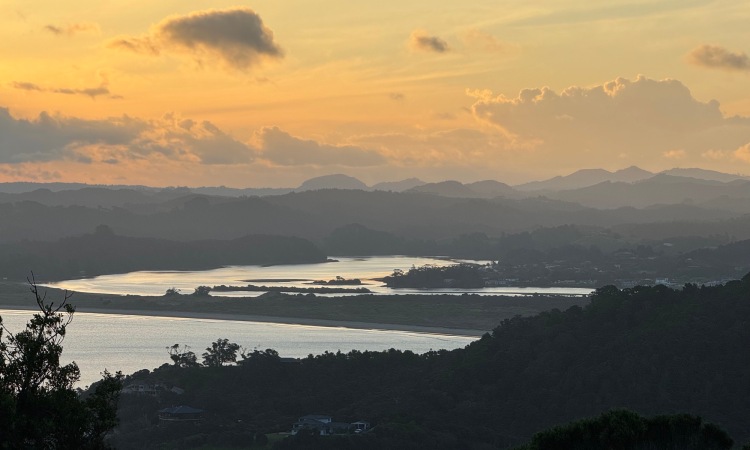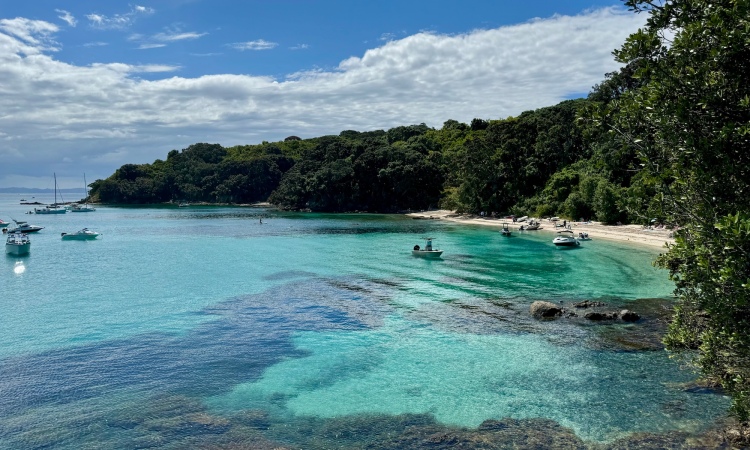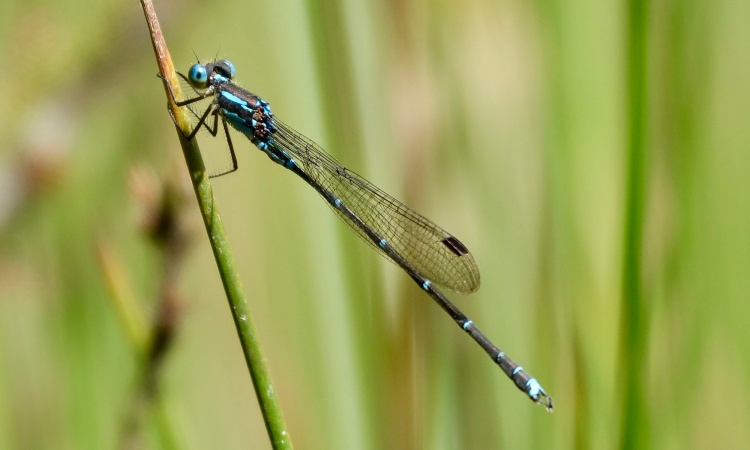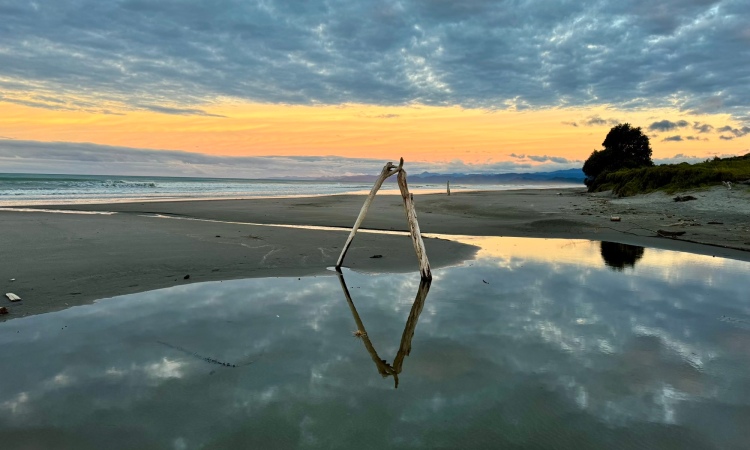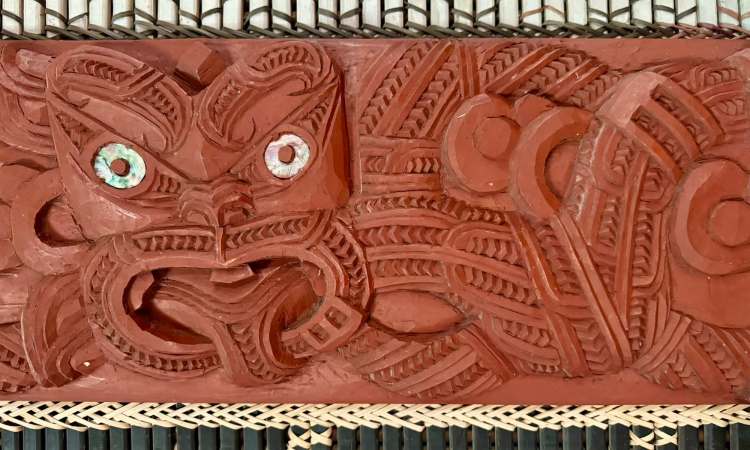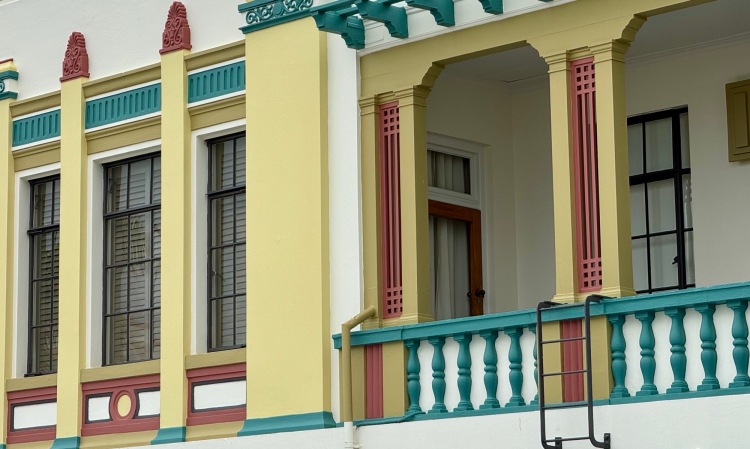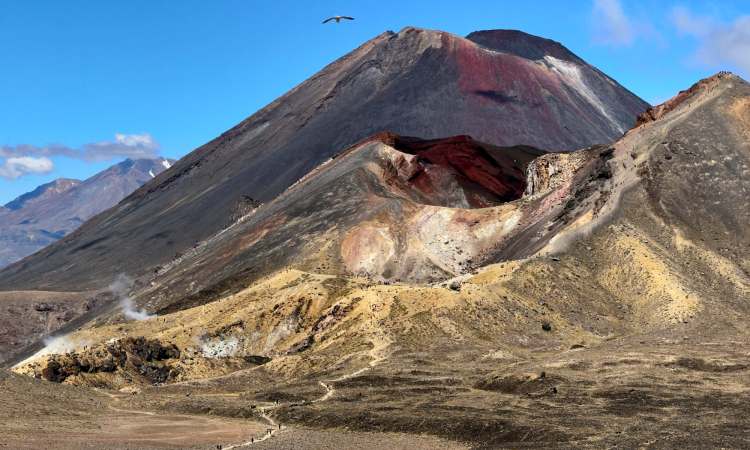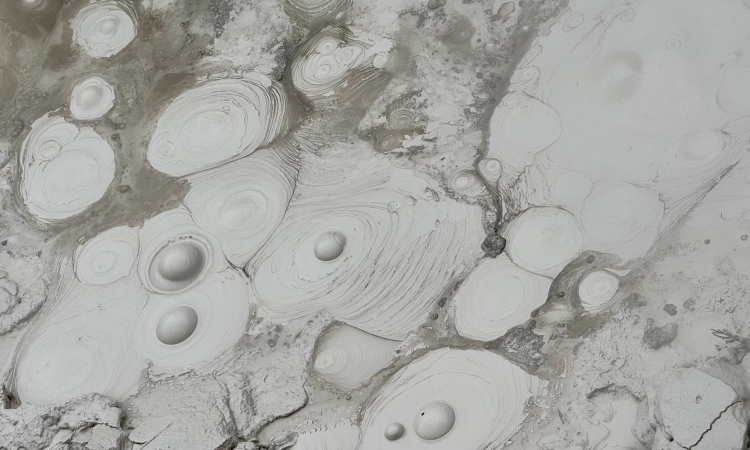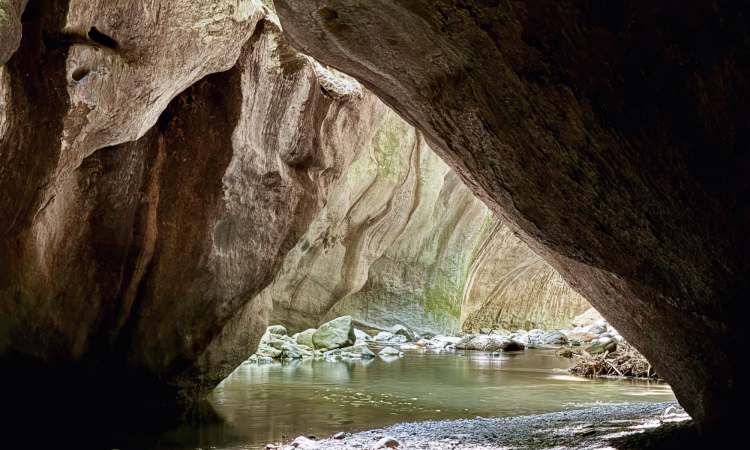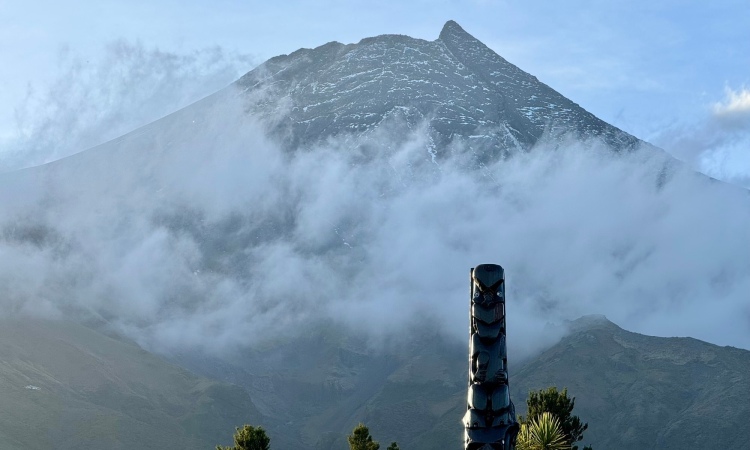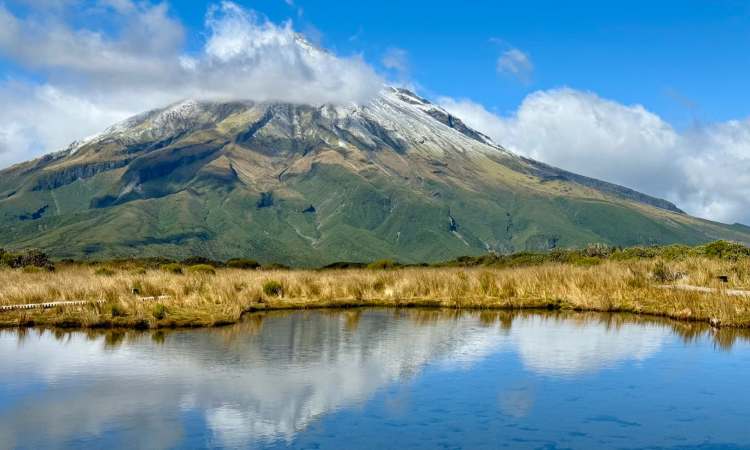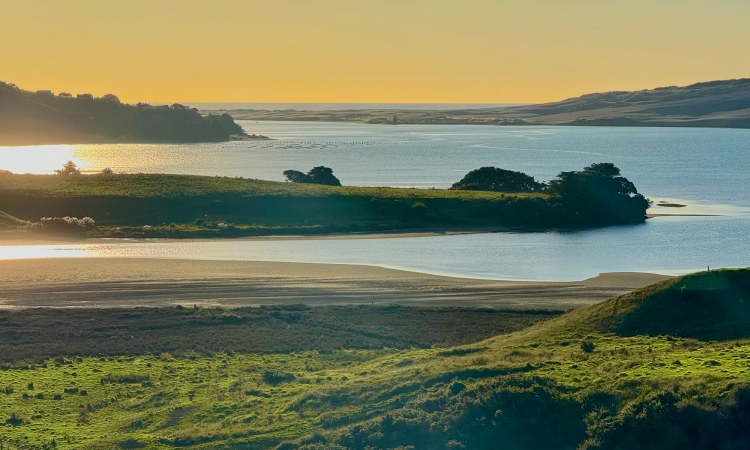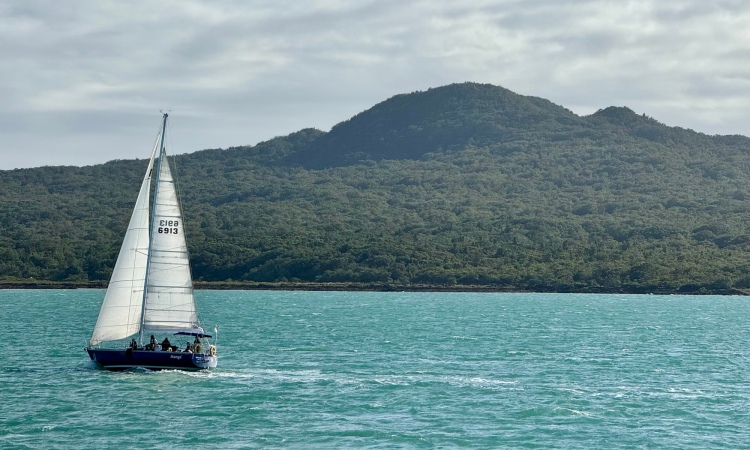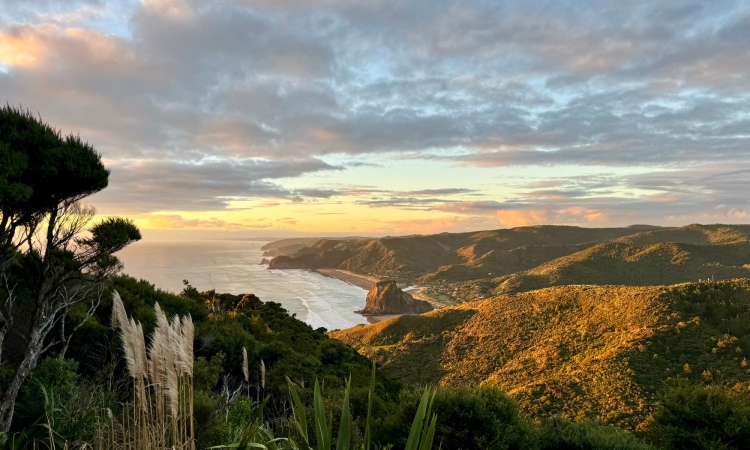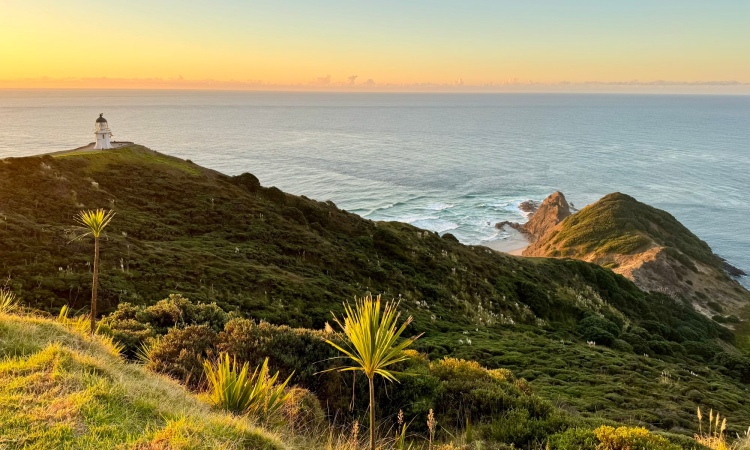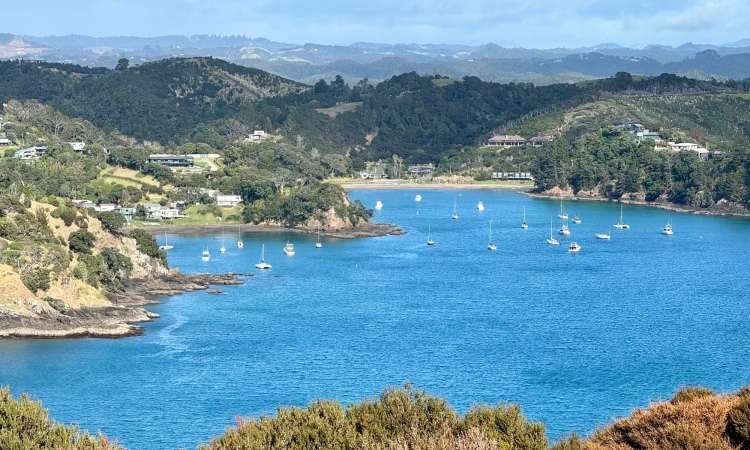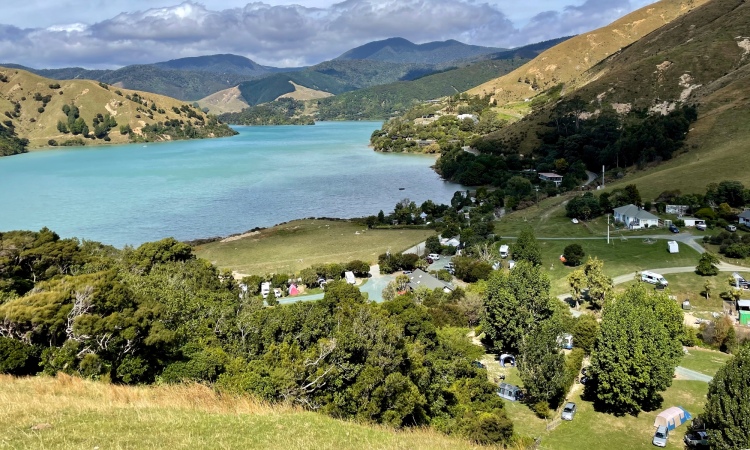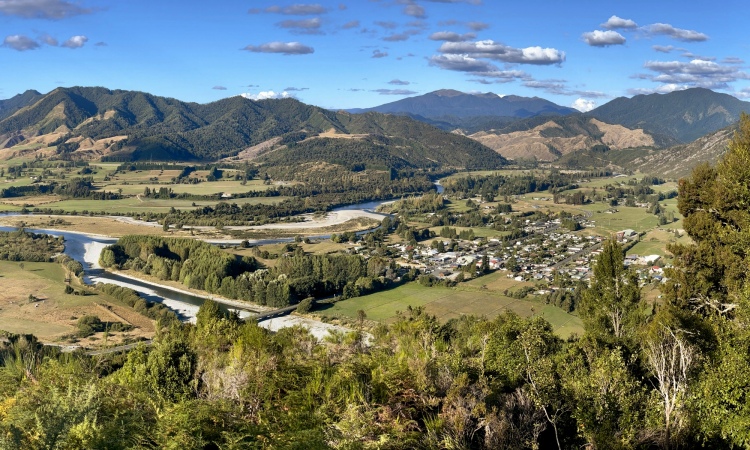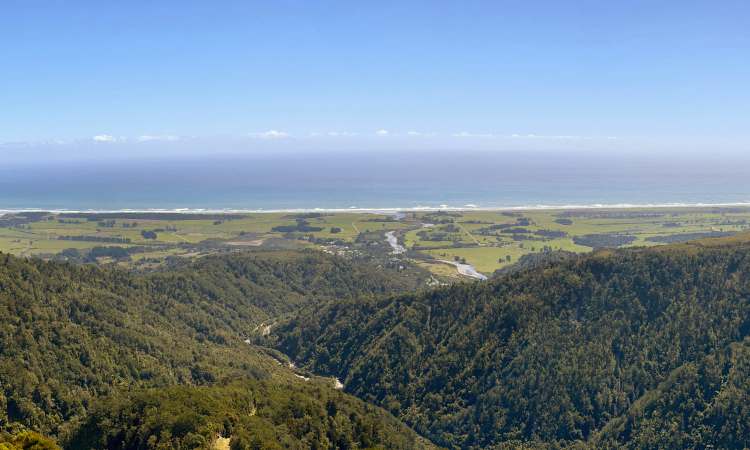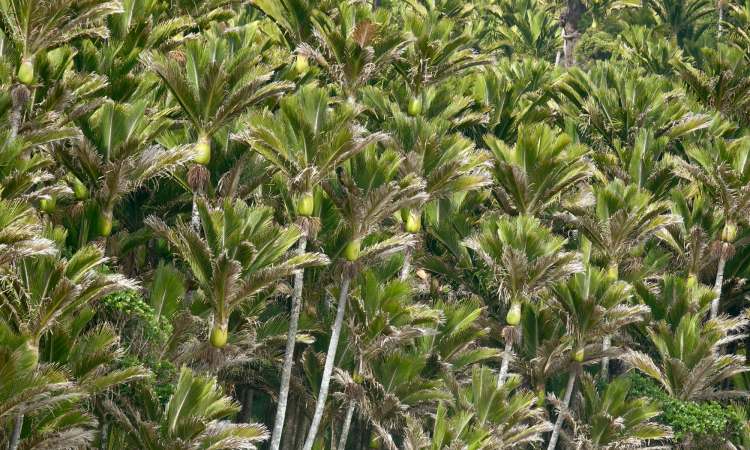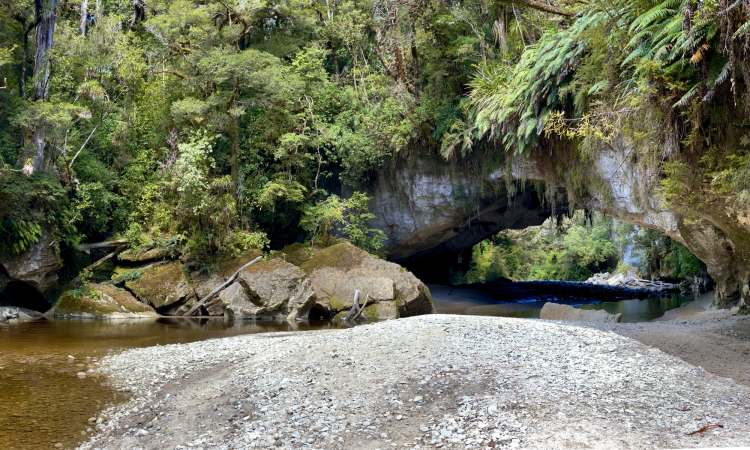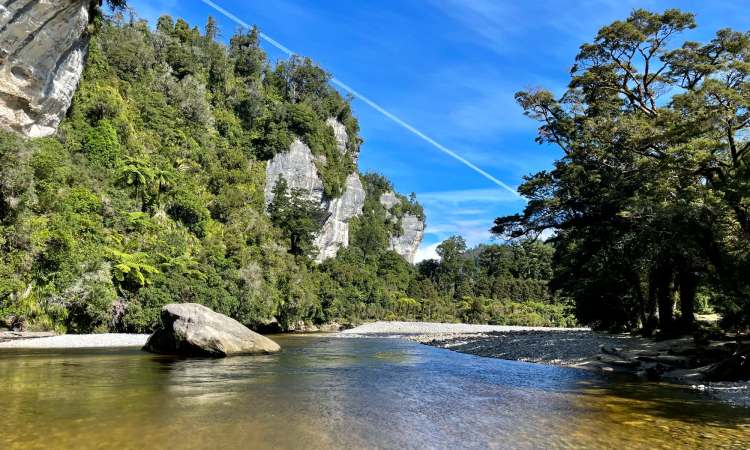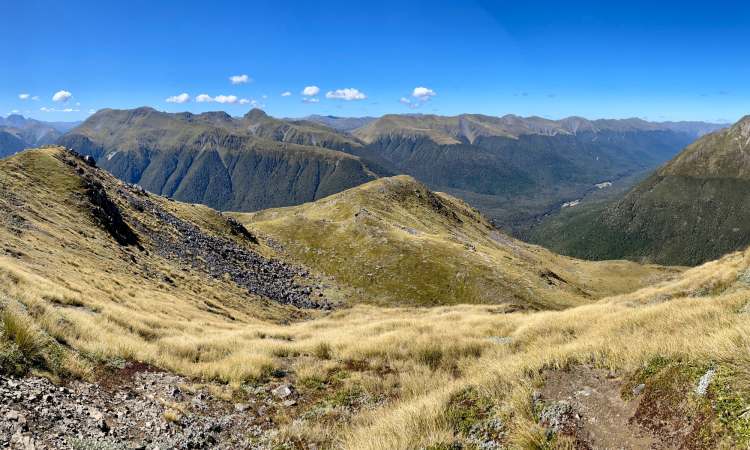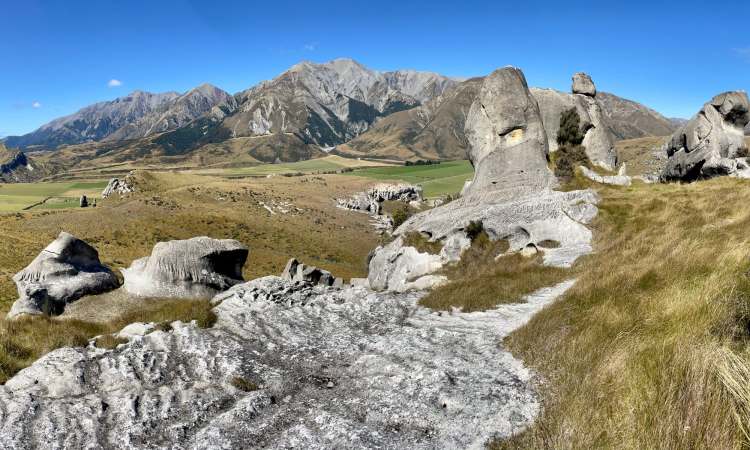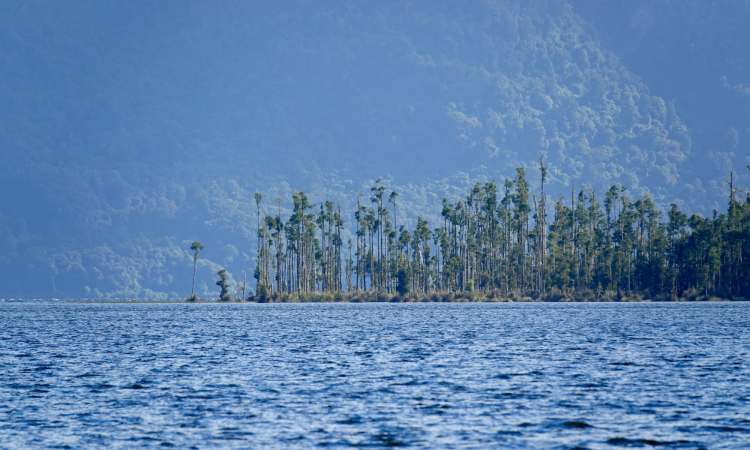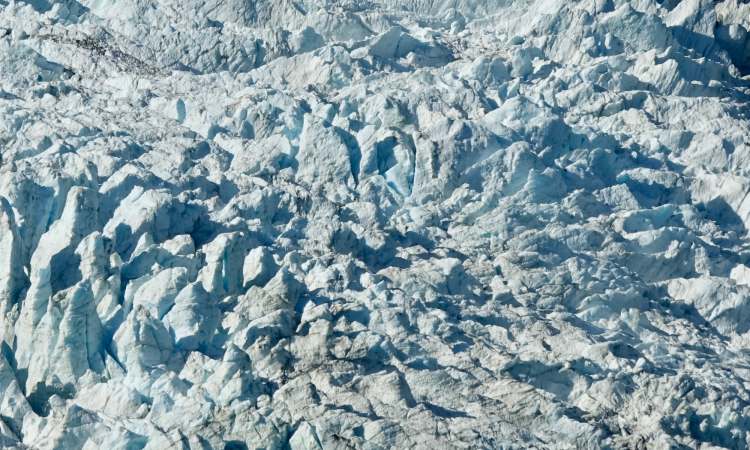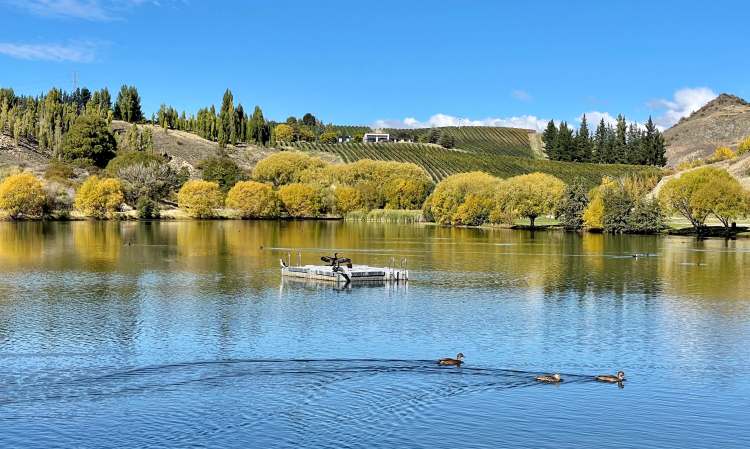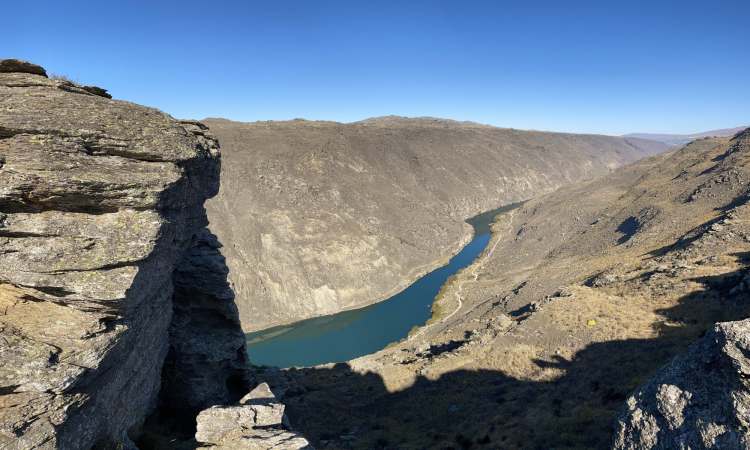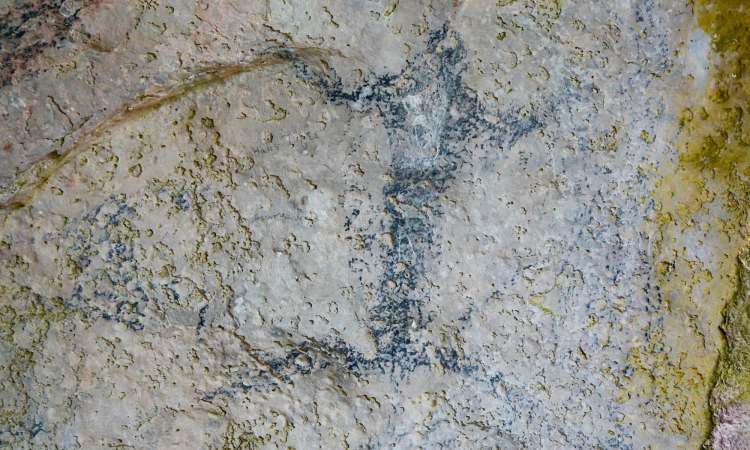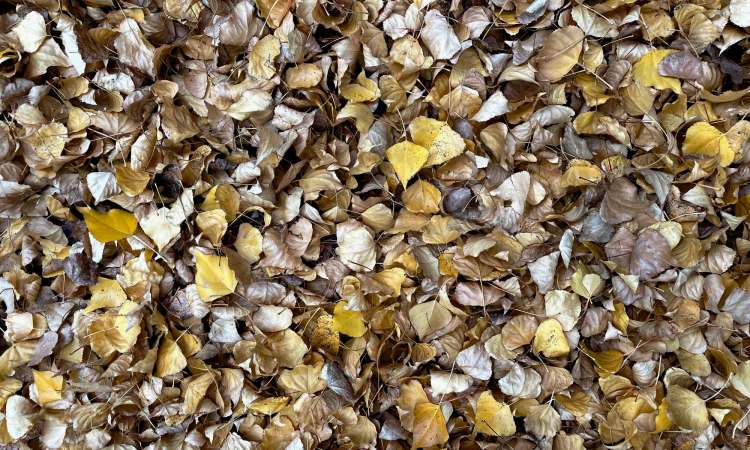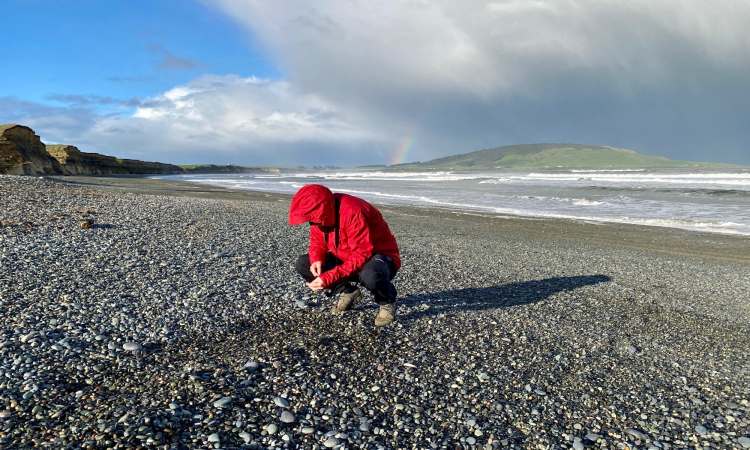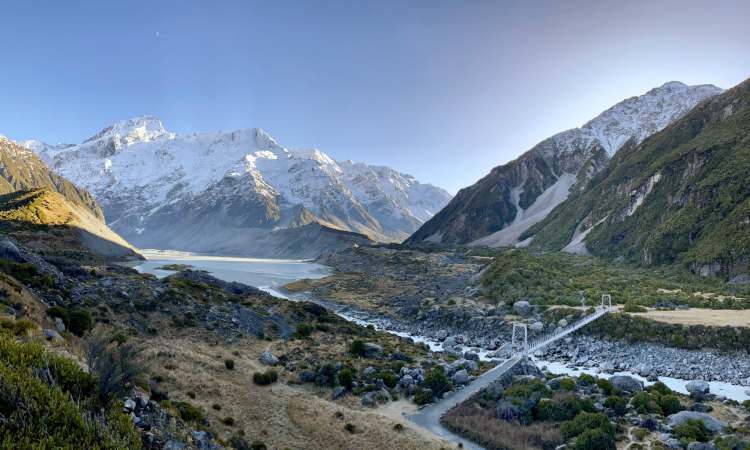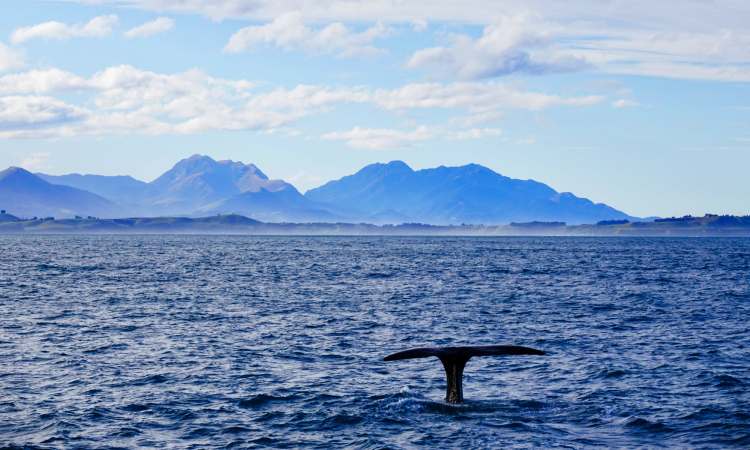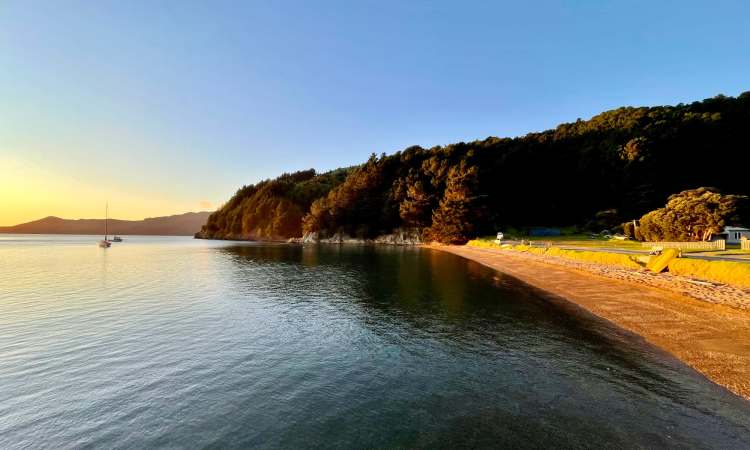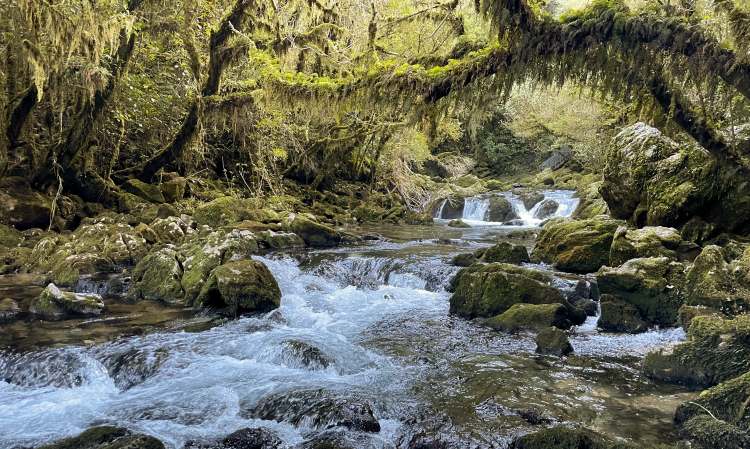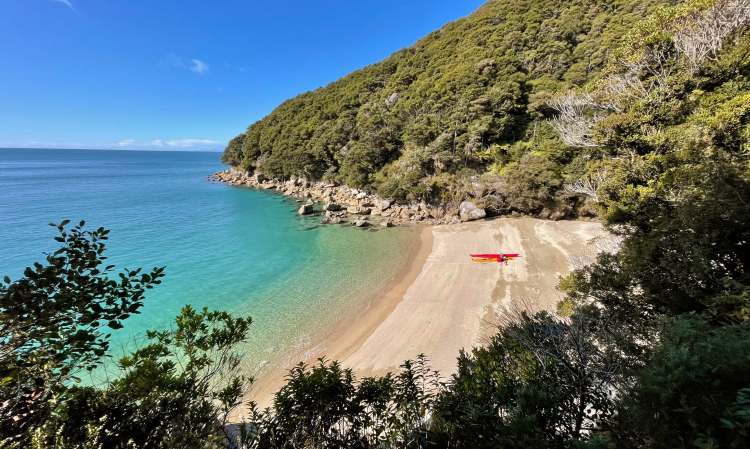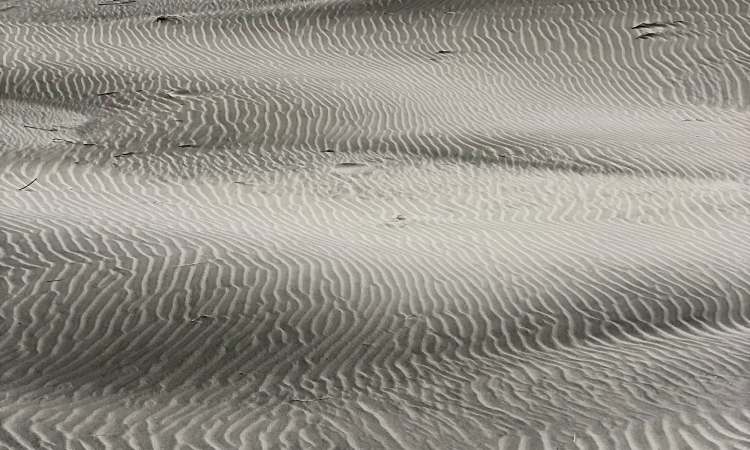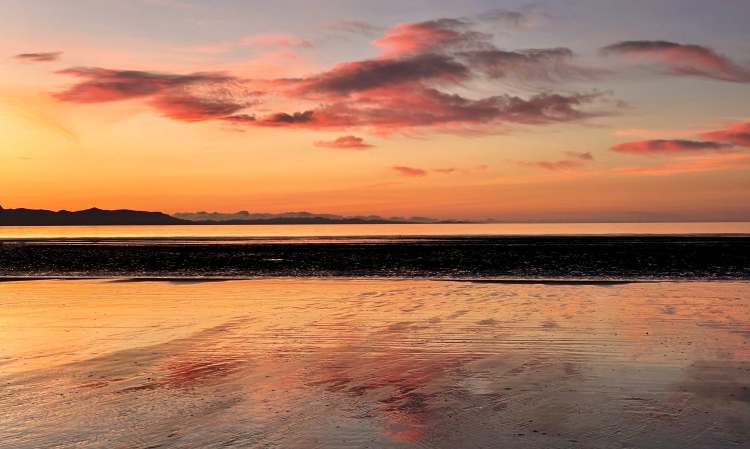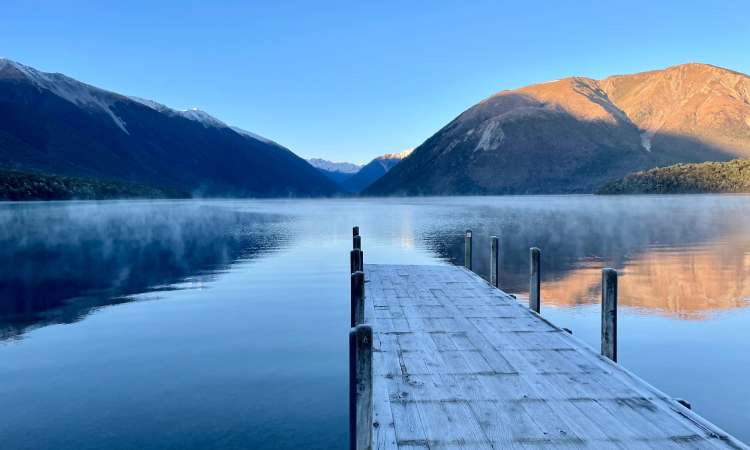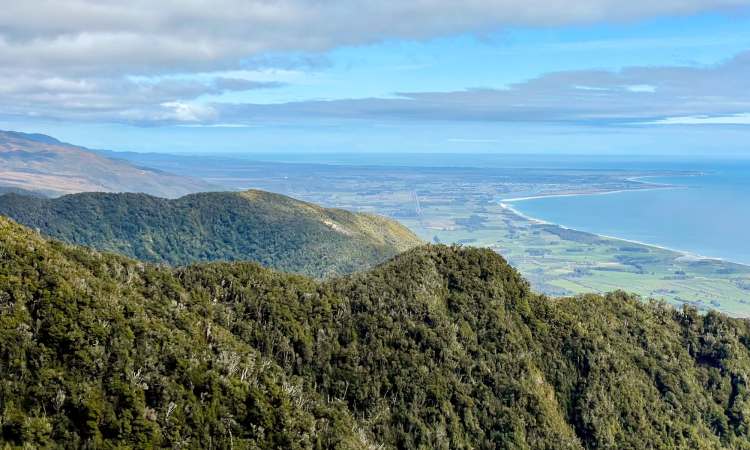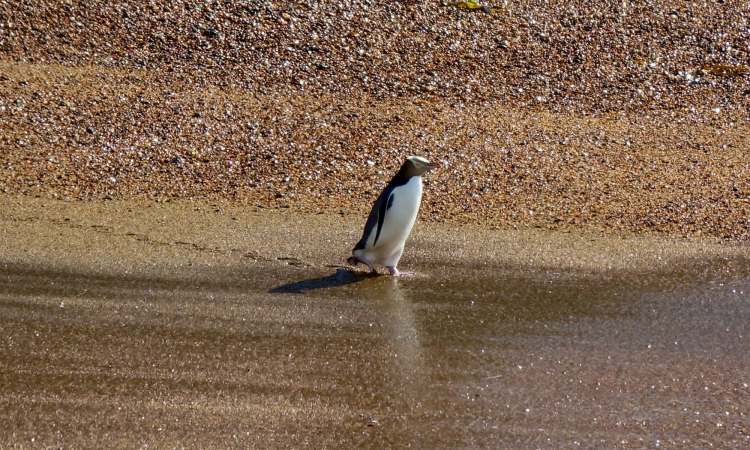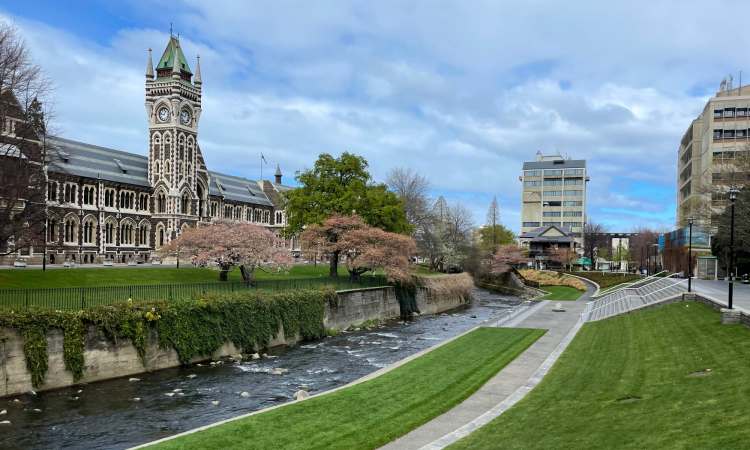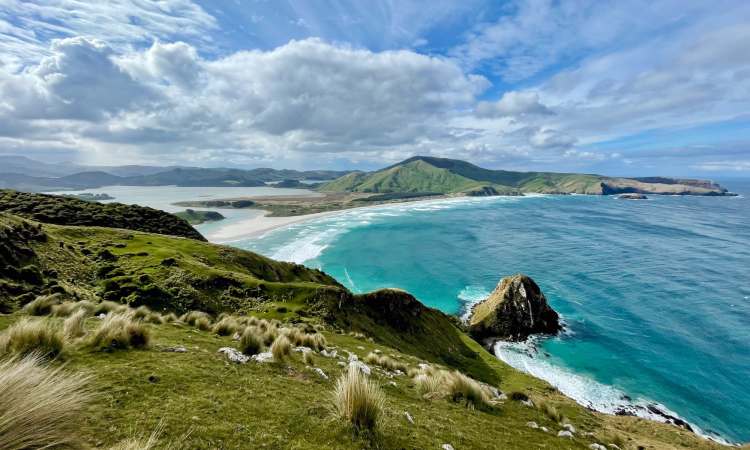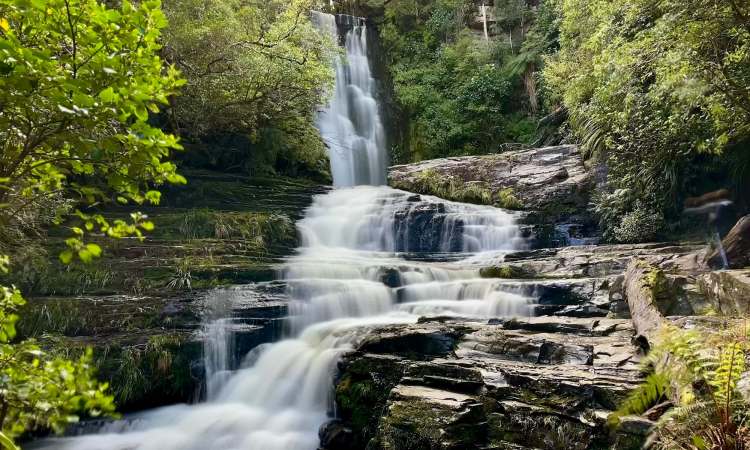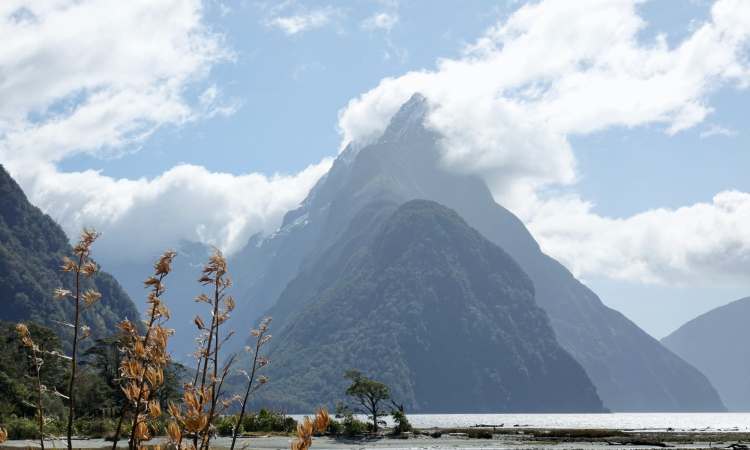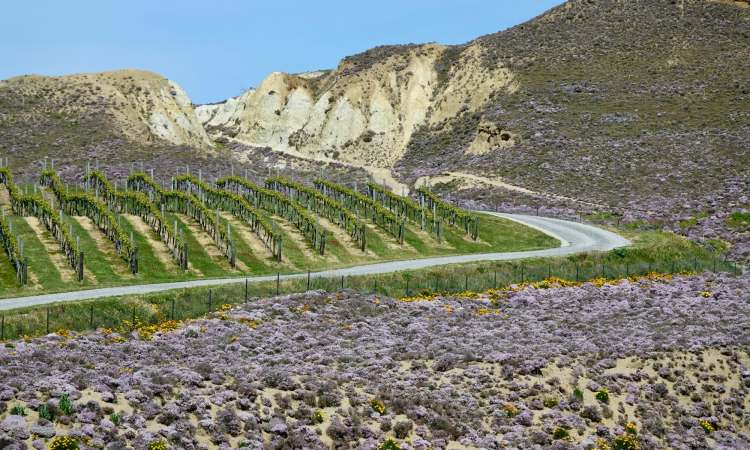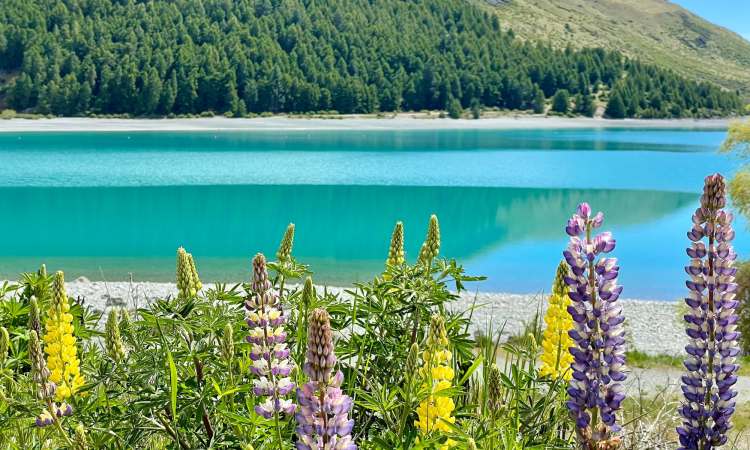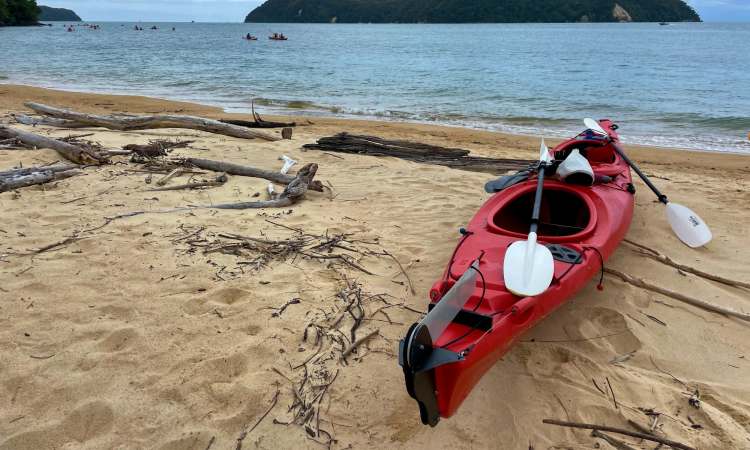What once seemed too far ahead of us is now behind us: our 18 months living in a van in New Zealand has come and gone. As we approach a month since departing the Southern Hemisphere, we reflect on what we observed about living full-time in a van, about NZ itself, and share some of the numbers and images that summarise those 18 adventure-filled months.
Observations on full-time van life
Address dependence is an issue: It really is hard to lead a truly international/ mobile life when many of the systems in the countries with which we have ties depend upon a fixed residential address. Online forms might, for example, only accept a locally-formatted post code or telephone number. Mail order requires a valid billing and delivery address. Access to some contracts, banking services and even memberships (e.g. NZMCA) requires proof of residence. Annoyingly, mobile phone numbers aren’t internationally portable and digital region locks mean apps or streaming media suddenly stop working or can’t be downloaded. Having a nominal base (parental address) was a huge advantage when it came to integrating with local systems and processes.
Illness is no fun: We both experienced short illnesses in the van. The space and resource-constraints of the van environment (e.g. water, toilet tank capacity), together with remoteness from sources of support (e.g. pharmacy, etc.), make coping that bit harder. For example, getting down from a luton bed when on the point of collapse isn’t without risk—and something you don’t ordinarily consider when shopping for a van!
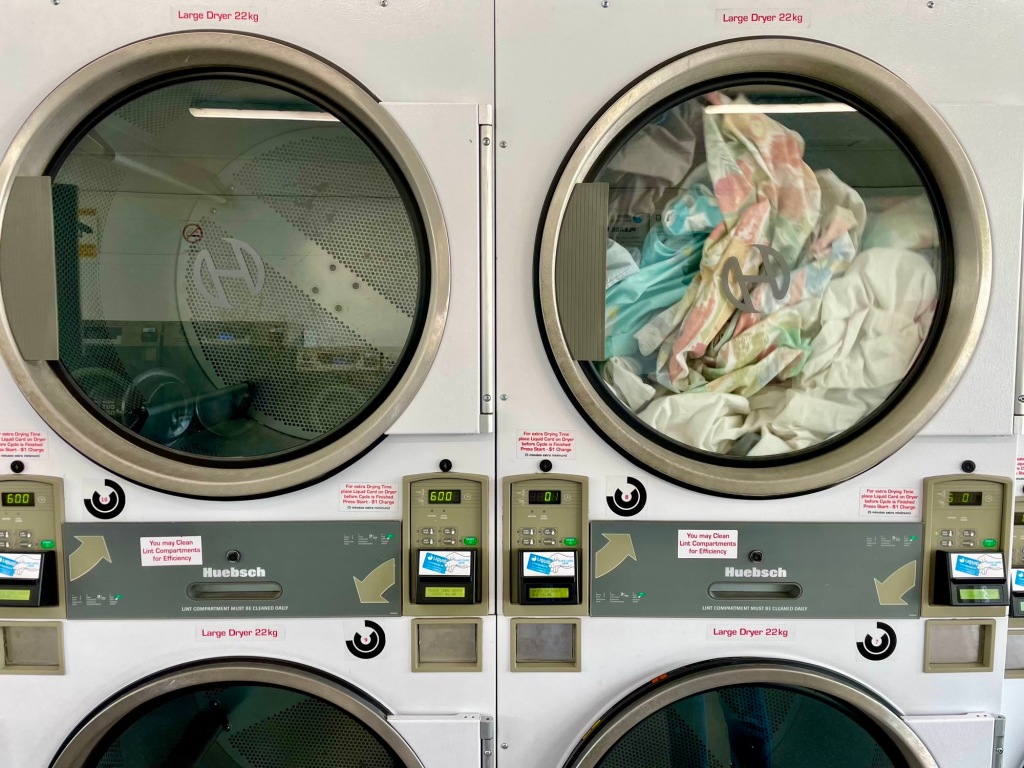
Life’s problems are mobile too: Being parked next to an amazing turquoise lake one day, or beside golden sands the next, is no guarantee of feeling fully “present”. There will inevitably be life admin to tackle, such as bills to pay or calls/ meetings to join across awkward time zones. Negative thoughts will still intrude on that perfect sunset out the back window. The stressors that you brought with you into van life will not miraculously evaporate under a blue sky as you chase better weather (although that may take the edge off them!). Solving problems can be trickier without a stable Internet connection; daily chores or driving can be a convenient excuse to avoid tackling difficult tasks.
Change is a constant travel companion: Being on the move involves regular planning ahead, as you need a place to park, buy food, obtain water and use a dump station. A new pitch means a new risk assessment—is it legal/ safe/ quiet/ on firm ground, etc. This can quickly become tiring, even once it becomes routine and despite being an active choice of lifestyle (for us). Shopping in a new supermarket every few days creates a permanent sense of disorientation once the excitement over a new range of choices has gone.
Living in a vehicle magnifies the impact of faults: Taking a vehicle to a mechanic or RV repair shop and leaving it with them isn’t as straight-forward when said vehicle is also your home, containing your worldly possessions. Aside from the difficulties of finding a good shop, with both a timely appointment slot and the necessary parts, you may even need to consider alternative accommodation. Things do break on the road, so don’t make the mistake of thinking that the up-front vehicle cost will be the end of your expenses. Parts may not be available in smaller places—or indeed may not even be in-county! Waiting for an appointment might involve suspending your journey or looping back for a later fitting, so some degree of flexibility is required. Even when things are going well, you still have to factor in routine maintenance and legal requirements, such as COF inspections.
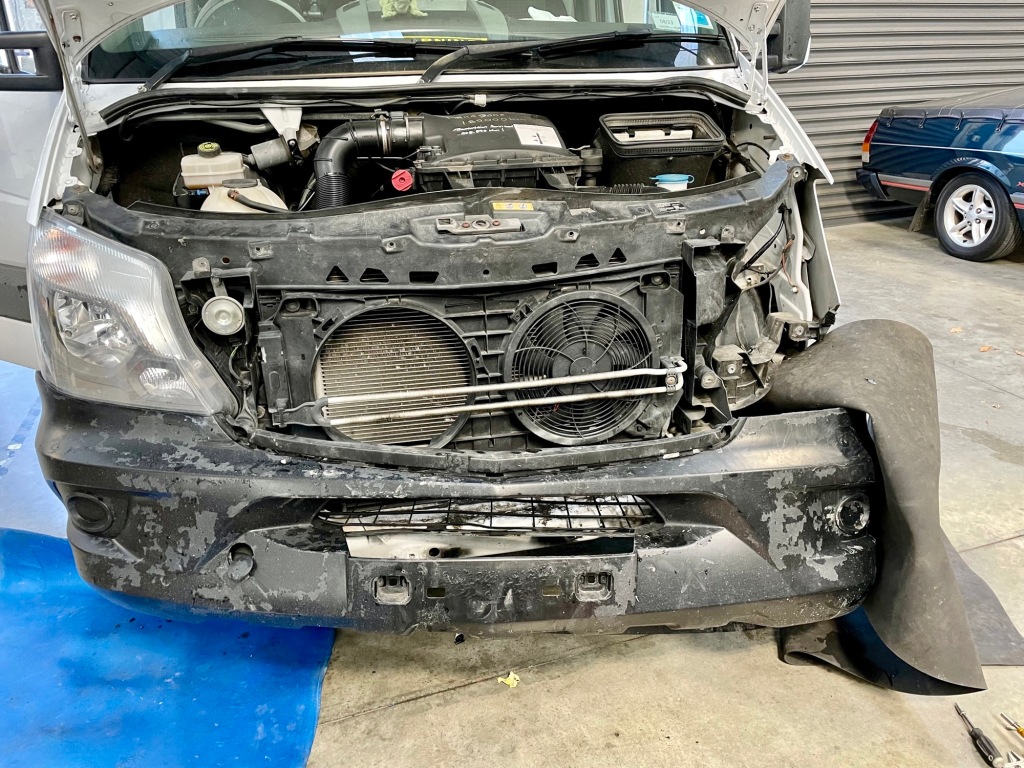
Take the weather with you: The primary asset you have in adverse whether is wheels on your house. Keeping an eye on the forecast can ensure more blue skies ahead, and can even get you out of harm’s way (we drove to shelter during two cyclones). Having flexible plans beats a fixed itinerary as you can take full advantage of weather windows (e.g. timing our visits to Mt Cook and hiking the Tongariro Crossing).
It’s easy to miss out: A disadvantage of mobility is being in the wrong place or the right place at the wrong time for both special and regular events. It’s not possible to participate in a weekly class/ sport, for example (so individual yoga works, but not say archery or choir practice). You might end up prioritising finding a pitch in daylight over enjoying a concert or meal in town that then necessitates a late-night drive to a dark unknown park-up. Attending occasional (e.g. Napier’s Art Deco Festival or Hokitika’s Wild Foods Festival) or seasonal events (e.g. Central Otago’s “purple haze” or Lake Tekapo’s lupin bloom) becomes a case of being in the vicinity, taking a pre-planned route, or back-tracking. For natural events the timing may be inexact. Often you’ll simply not have the details on what is happening where (e.g. a kiwi release noted on a local FaceBook group). The price of experiences can be exclusive when you’re on a modest longer-term travel budget.
Observations about NZ
Kiwi foods aren’t always healthy: Your 18-month NZ road trip is on its last lap, for which you need to restock the van. What treats do you put into the shopping cart that you won’t likely find in Europe? Here we have RJ’s liquorice; Farmbake cookies; pineapple lumps; a CookieTime cookie; ANZAC biscuits; Afghan biscuits; Pic’s seed mix peanut butter; L&P; Kettle chips; and H&P crackers (the Editor notes we also bought fruit and vege!). “Treats” for a NZ road trip are not only supplied by supermarkets. In fact, a savoury pie can be acquired almost everywhere—although truly decent ones must be sought out. We’d missed out on the paua pie at Tokomaru Bay. At Honey Bee Takeaways in Pukenui we had the chance to right a wrong: they bake paua (and other) pies on site. It was OK washed down with real fruit ice cream—another staple!
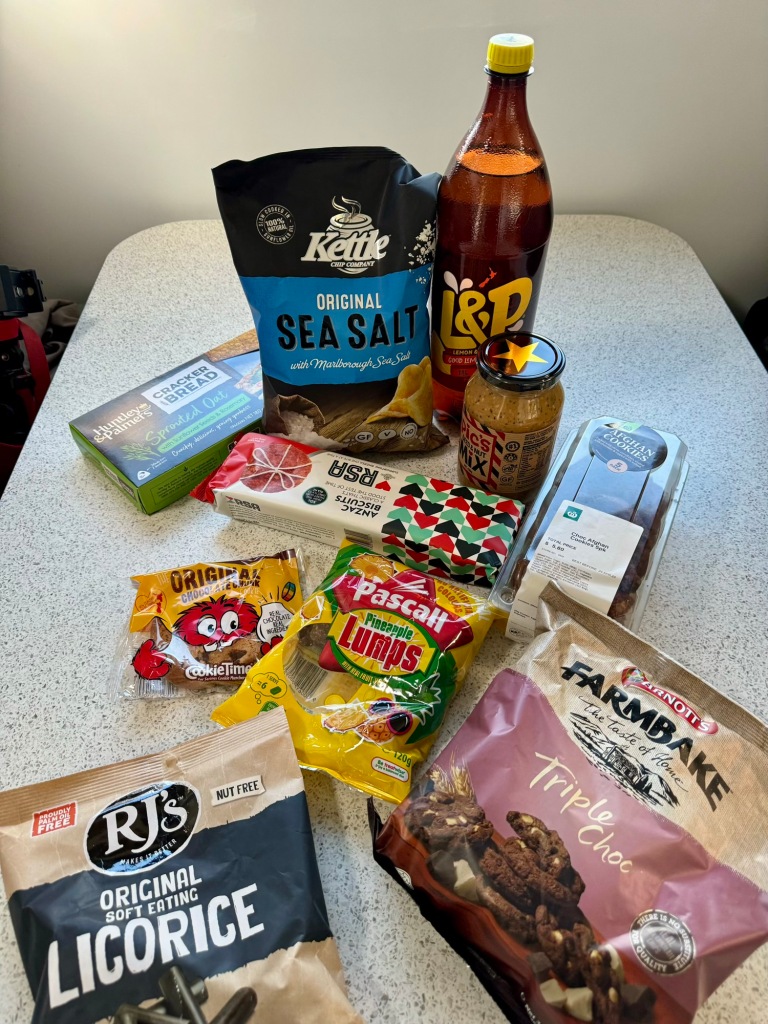
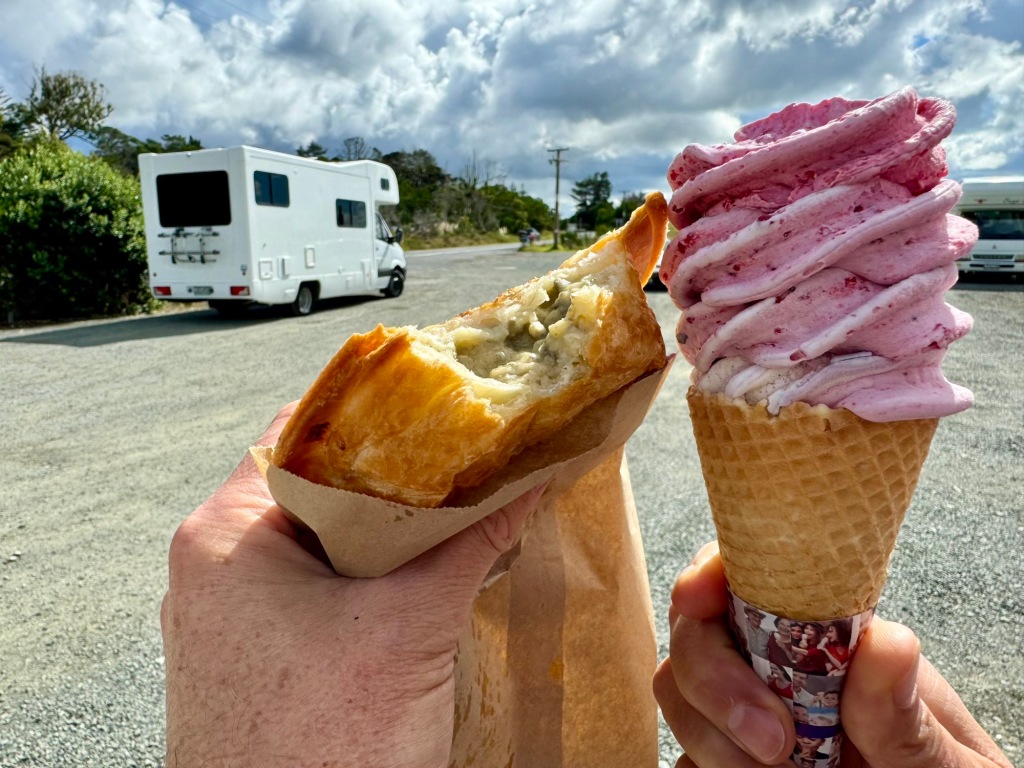
NZ has an a/hole problem: Put a Kiwi behind the wheel of a car and many transform into entitled risk-takers. Antisocial “hoons” shred tyres to disturb your sleep. Vandals find public toilet door locks offensive. Dog walkers ignore “No dogs” signs, don’t pick up and won’t control their animals (“S/he just wants to play”). Locals fly-tip and people litter from car windows and on walking tracks.
NZ is experiencing a Māori renaissance: The visibility of Māori culture has improved well beyond being a tourist attraction. Te reo (language) and Te ao (culture) permeate daily life; it reminded us of the resurgence of Welsh in Wales. Examples include newscasts; advertising; rahui (temporary closure); reversion to original place names; events of national significance e.g. ANZAC dawn service or Matariki; bilingual signage/ explanations in museums and more. The language is evolving to include Māori terms for things beyond the traditional experience, such as the continent of Zealandia, dinosaurs, banking and technology. Bold new architecture reflects a new-found confidence and celebration of heritage. Compared to First Nations elsewhere, the Māori voice seems more audible in local and national politics. Of course there are problems too, such as gang culture and resentment among non-Māori New Zealanders—especially in relation to Treaty settlements. The rise of “us and them” thinking is a counterpoint to all Kiwis embracing a shared cultural heritage. The promotional phrase “cultural experience” has become synonymous with traditional Māori arts—to the exclusion of other immigrant contributions to the fabric of the modern nation.
Te Ara Whanui, the Ngati Kuri vision
Three interconnected domains have multiple pathways that “form a timeless framework; a way of organising a shared direction for our people, now and into the future.”
The Kā Uri pattern [not shown below] is derived from the strands of the pingao (native golden sand sedge). The pingao strands are shown here stylised and flowing between haehae (parallel grooves). Pingao is a coastal plant and figuratively binds the land and ocean together. The haehae represent Te Ara Whãnui (the multiple pathways).
The Kā Ora pattern [below left] is a geometric play on the traditional design of rauponga (fern fronds). Traditionally rauponga depicted the ribs of ancestors and was used to symbolise protection. In this instance, it is used to denote wellbeing and consideration for each other, and for the natural world.
The Kā Oho pattern [below right] is based on the rau tuātea (double-curved breaking waves), a depiction of the clashing oceans beyond Te Rerenga Wairua. The duality expressed within the design symbolises continuity and change, adversity and potential, and the past and the present.
🤔 Curiosity


Image differs from reality: NZ trades on a “clean, green” image where unspoilt nature is the expectation that many tourists arrive with. While in some places this image appears justified, in others the reality is somewhat different. Waterways are polluted with farm runoff and unsafe for swimming or drinking. Erosion follows deforestation, and forestry slash (tree debris) has caused extensive damage to NZ’s road network and other infrastructure—cutting off rural communities and extending travel times. There are road works everywhere, but they don’t seem able to keep up with the cycle of further damage. Pastures seem empty of grazing stock, bringing only sadness at the extensive loss of native bush. Signs note the widespread use of poisons to control pests such as possums and invasive plants, while other signage protests the same as indiscriminate harm. Natural resources are exploited and landfills are hidden from the tourist’s eye. It’s not that NZers take better care of their country; it’s that the smaller population hasn’t (yet) wreaked the same level of havoc as can be seen elsewhere. Luckily, the NZ landscape and economies of scale present access barriers to some commercial desires.
The cost of living is high: A good chunk of our monthly expenses went towards groceries. Supermarkets in NZ are run by a duopoly accused of maintaining high prices, despite NZ being one of the few countries able to grow enough food to sustain its population. That said, local produce has been subject to significant weather events (e.g. the kumara crop drowned in 2023) and poor planning (e.g. an egg shortage due to slow response to regulatory change). Some Kiwis allege the best produce is skimmed off for export markets. We couldn’t understand why we were offered Italian kiwifruit, yet we loved the local choice of apples (despite a seasonal shortage in January). It’s not just food that stretches Kiwi budgets though: the other major topic of discussion is the affordability (and sometimes availability) of housing. We observed baches/ second homes standing empty outside of holiday periods, while many Kiwis struggle to earn enough for a mortgage on their first home.
It’s a rugged landscape: As a geologically young country, the forces of nature have had less time to erode the islands created by volcanism and plate tectonics. Consequently there’s always another hill to drive or climb over! This doesn’t deter road builders, who end up revisiting their work after wash-outs (road subsidence). Nor does it deter house builders, who see a 45º slope as a suitable foundation for an excavated house with double garage and terraced garden. Alternatively, homes may be built right on the beach, with access via sand and a front-row seat to rising sea levels—if a tsunami doesn’t take it out first.
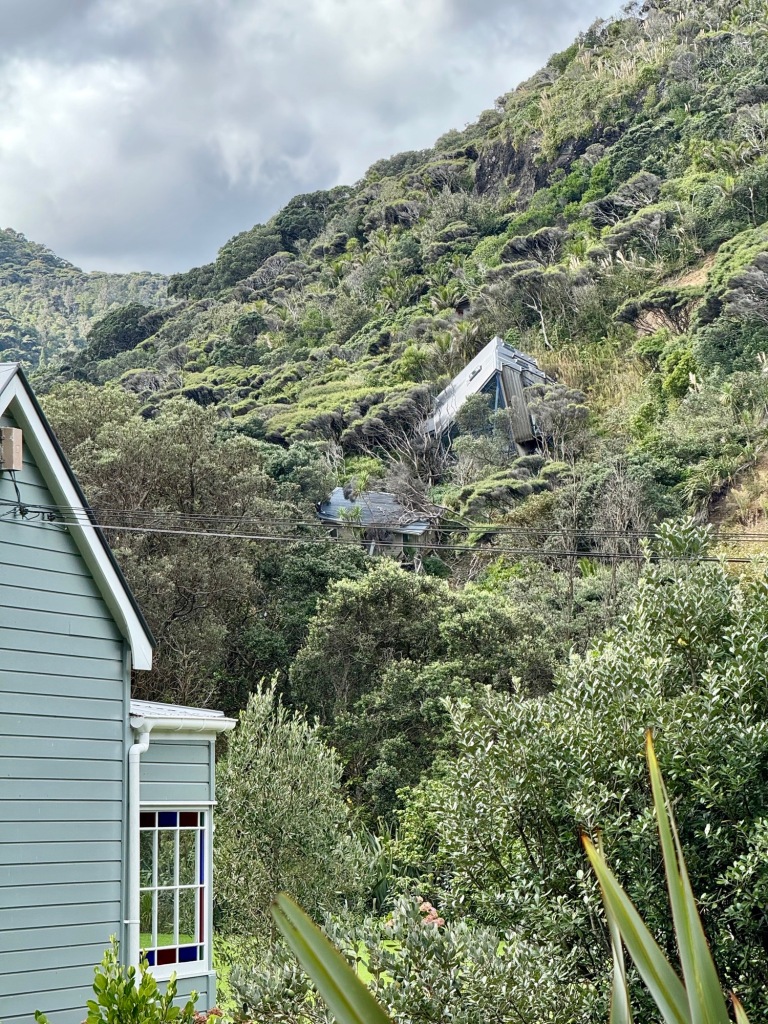
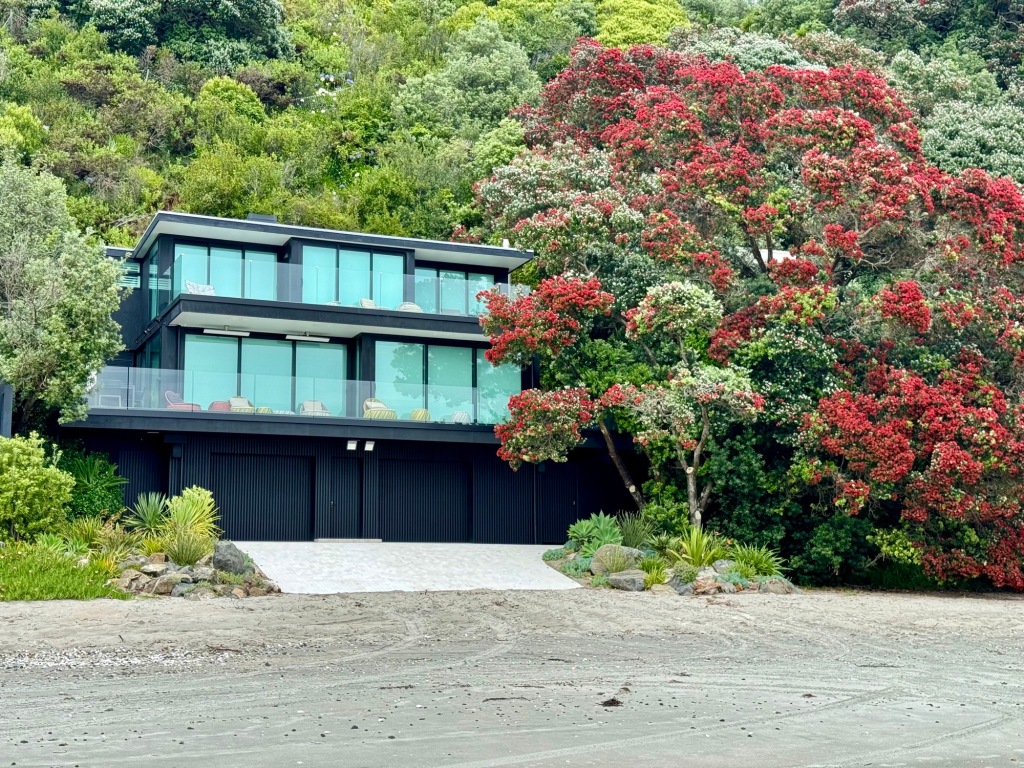
It’s easy to appreciate nature: There can be no question NZ has some amazing landscapes, although it has proven more difficult to capture and share some of the amazing life within these habitats. We became true fans of fungi (don’t get us started!) and native birds. The latter have distinct personalities, making it hard to pick a favourite. There’s the tūī with an inimitable sound repertoire; the melodious korimako | bellbird; the antics of the cheeky weka; the companionable robin; the happy chirp and constantly-in-motion pīwakawaka | fantail; the feisty kea with a trouble-seeking hooked beak; the mournful kōkako sporting blue wattles; the elusive mohua; the fast-moving tītipounamu | rifleman; the synchronised beach patrol of the oystercatcher; the charades of the dotterel; and the rest of the cast and crew…
It’s pretty good here, actually: Despite the problems, NZ is a great place to be. There are freedoms to be enjoyed here that are little rivalled elsewhere. It is a relatively safe country, generally very friendly and hospitable, with ample opportunity to enjoy the “Great Outdoors” and raise a family with modern comforts, access to good health care and education, and less litigation. It seems, however, that many NZers don’t really appreciate what they have here, turning to the likes of Australia in the hope of better pay or a reduced cost of living. But what are they giving up? We have to accept different people prioritise different things, but from our perspective it seems unlikely the grass is greener elsewhere.
Our journey in numbers
Here is a brief quantitative analysis of those 18 months:
- Overnight spots: 271 locations, of which 264 were van park-ups
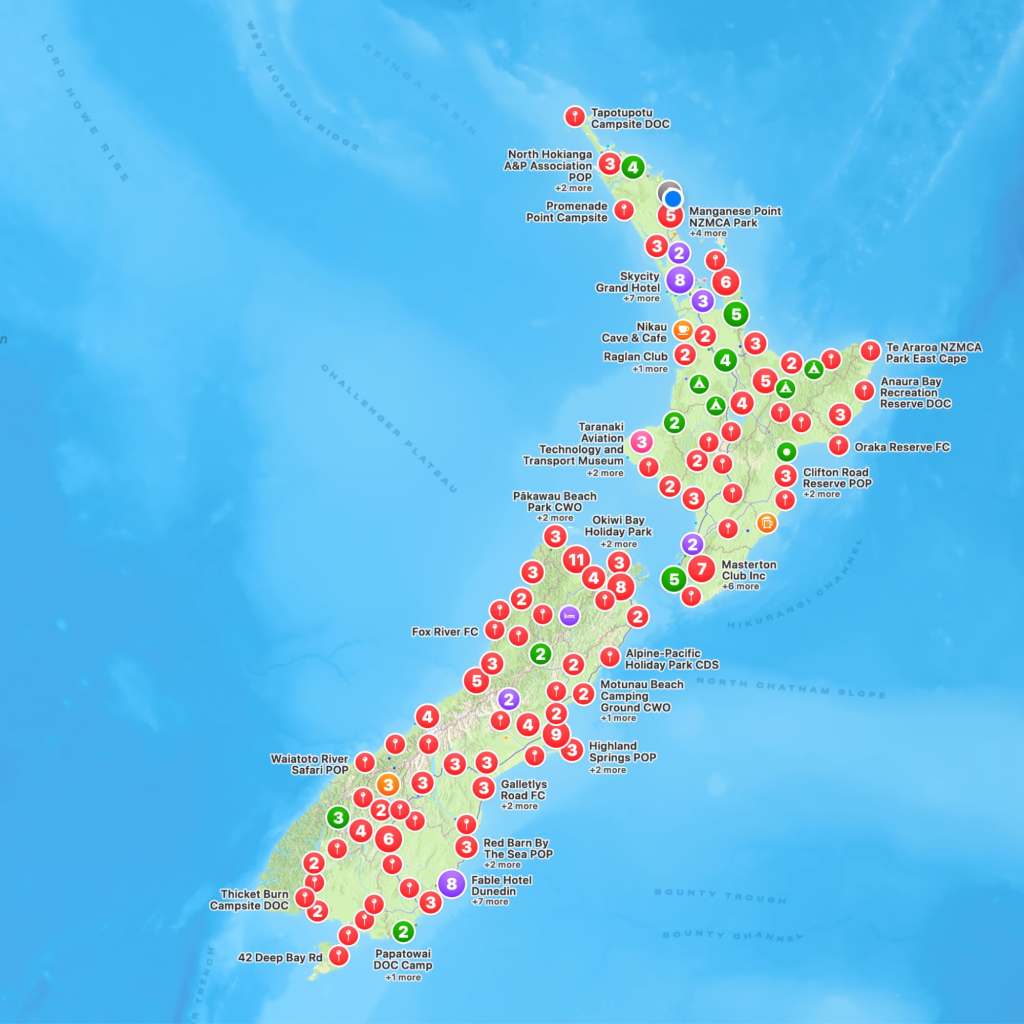
- Distance travelled: 37,083km (that’s just 3,000km shy of the circumference of the Earth at the equator)
- Tyre punctures: 2
- Tyre blow-outs: 1
- Windscreen glass chips: 6
- Windscreen replacements: 1
- Mice trapped: 11
- Rats in engine bay: 3
- Volcanoes climbed: 6+
- Cyclones avoided: 2
- Earthquakes experienced: 1
- Savoury pies consumed: [Input error!]
- Sickness episodes: 4
- Amazing sunsets seen: Loads!
- Rescues required: 0 (no pitches on muddy fields, etc.)
- Awesome adventures: Most days.
- Coldest noted van temperature: -7ºC (with ice on the inside of windows, frozen tap)
North Island in pictures
Click on an image to visit the corresponding log entry, or simply browse using the navigation arrows:
South Island in pictures
The road ahead
It would be hard to say that we have truly “missed out” on anything, but there are some experiences we would have liked to have had. For example, attending some of the amazing festivals (Art Deco, Wild Foods, or Music in the Mountains), a kapa haka competition, an A&P show, witnessing a kiwi being released into the wild, a sheep shearing or sheep dog competition, or spotting a trailside “devil’s fingers” stinkhorn fungus. However, this would have required an extraordinary amount of research and planning—as well as good luck. Overall, though, we’ve no regrets: we had an incredible time in our islands-at-the-edge-of-the-world bubble. That bubble has now popped, but as we saw on the side of a van:
Don’t look back; that’s not the way you’re going
Join us on future away missions
Add our 📡 feed or enter your 📧 email for post notifications:
